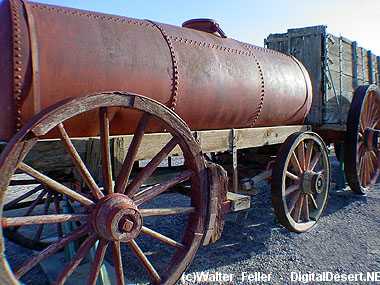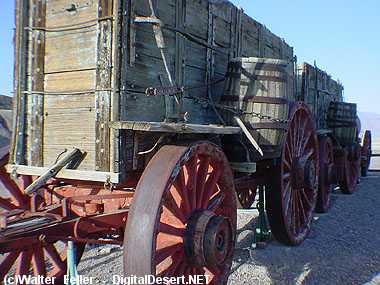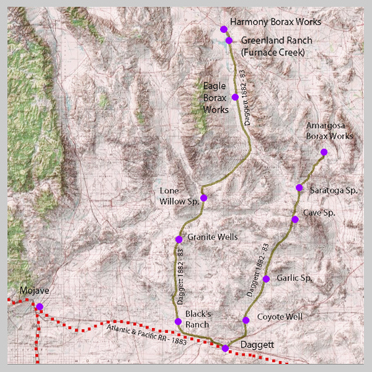Borax
HERITAGE
The Borax twenty mule team is one of the most memorable icons of the American West, and of the pioneers who transformed its mineral wealth into a foundation of modern industry throughout the world.Today, that twenty mule team is the proud symbol of a visionary company that remains the global supplier of choice for customers seeking outstanding products, value and service.
The saga of the twenty mule team began more than a century ago in the arid deserts of California's Death Valley. But the same spirit of enterprise, innovation and service that gave rise to the world-famous "Twenty Mules of Death Valley" continues on to this day at Borax facilities worldwide. Borax maintains its position as the world leader in borate chemistry and borate technology through its advanced mining facilities, refineries, and research and development laboratories. The company's global distribution network also provides unsurpassed service to customers in nearly 100 countries around the world. Programs to ensure that borate products are used and handled safely, as well as environmental programs designed to protect the world our customers and employees live in, are further examples of Borax's goal to be the best: a goal that started more than 100 years ago.
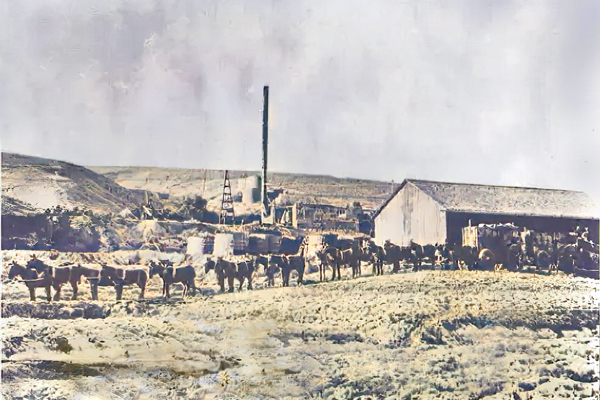
20 mule team prepares to leave Death Valley (colorized)
Two men played key roles in bringing borates from the desert floor to industries and households around the world. The first was Francis M. "Borax" Smith. Smith established the first successful borax mining operation in 1872 at Teel's Marsh, Nevada. Credited with starting the borax rush that swept the Nevada desert in the late 19th Century, Smith founded the Pacific Coast Borax Company, predecessor to U.S. Borax.
Another important borax pioneer was William T. Coleman, one of California's most prominent businessmen. In 1881, Coleman filed claims on the richest fields of crude ore yet discovered hundreds of glistening, isolated acres of cottonball in formidable Death Valley. By the early 1880s, he established the Harmony Borax Works near what is now Furnace Creek Ranch in Death Valley.
THE ROUTE
With a growing demand for borax and an apparently unlimited reserve of crude ore, Coleman needed to find the quickest way to move his product out of Death Valley.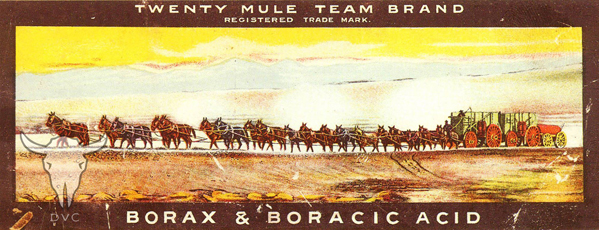
According to legend, Coleman's local superintendent J.W.S. Perry and a young muleskinner named Ed Stiles thought of hitching two ten-mule teams together to forms a 100-foot-long, twenty mule team. The borax load had to be hauled 165 miles up and out of Death Valley, over the steep Panamint Mountains and across the desert to the nearest railroad junction at Mojave. The 20-day round trip started 190 feet below sea level and climbed to an elevation of 2,000 feet before it was over.
Built in Mojave for $900 each, the wagons' design balanced strength and capacity to cary the heavy load of borax ore. Each wagon was to carry ten tons about one-tenth the capacity of a modern railroad freight car. But instead of rolling on steel rails over a smooth roadbed, these wagons had to grind through sand and gravel and hold together up and down steep mountain grades. Iron tires eight inches wide and one inch thick encased the seven-foot-high rear wheels and five-foot front wheels. The split oak spokes measured five and one-half inches wide at the hub. Solid steel bars, three and one-half inches square, acted as the axle-trees. The wagon beds were 16 feet long, four feet wide and six feet deep. Empty, each wagon weighed 7,800 pounds. Two loaded wagons plus the water tank made a total load of 73,200 pounds or 36 1/2 tons.
Between 1883 and 1889, the twenty mule teams hauled more than 20 million pounds of borax out of the valley. During this time, not a single animal was lost, nor did a single wagon break down a considerable tribute to the ingenuity of the designers and builders and the stamina of the men and mules.
TEAMWORK
Swinging the team around a curve in a mountain pass tested both driver and team: one mistake could spell death for all. As the team started around a sharp curve, the chain tended to be pulled into a straight line between the lead mules and the wagon. To keep the chain going around the curve and not pull the team straight over the edge, some of the mules were ordered to leap the chain and pull at an angle away from the curve. These mules the pointers, sixes and eights would step along sideways until the corner had been turned. Swinging a curve successfully was an awesome demonstration of training and teamwork.Muleskinners also called drivers or teamsters were responsible for harnessing the mules each morning, inspecting each piece of harness and hooking up the outfit. Maneuvering the team across the rugged desert was only part of the muleskinner's job. He also had to serve as a practical veterinarian and mechanic, caring for any sick or inured animals and repairing the wagon along the way. Characteristically, these were solitary men with short tempers, used to enduring extreme hardships. For their efforts, muleskinners earned from $100 to $120 per month very high wages for the time.
Twenty mules were hitched to single- and double-trees, then latched to an 80-foot chain running the length of the team. This chain was fastened directly onto the lead wagon. A long rope ran through the collar ring of each left-hand mule up to the leaders. Although the driver also wielded a whip with a six-foot handle and a 22-foot lash, his primary method of giving orders lay in manipulating this rope called the jerk line which ran the length of the team. A steady pull on the jerk line turned the team to the left, a series of jerks sent it to the right. The driver also rode the "nigh wheeler" (the left-hand mule) on downhill stretches to operate the brake.
A CENTURY OF SERVICE
The one-way trip from mine to railroad took 10 days across the desert and through the mountains. Several natural springs bubbled along the route. These were improved and, in some instances, water was piped down to the trail from the wells. When the distance between the wells was too far, the teams relied on water they carried with them. Each team pulled a 500-gallon iron tank behind the wagons. Wooden tanks would dry up and fall apart when empty in the blistering heat, so heavy iron was used. The mules ate hay and grain stored a day's journey apart. The men carried their beans and bacon with them on the wagons.A loaded team traveled an average of only 17 miles a day and made camp in the desert at night. Making life on the trail a little easier were "swampers." When the team made camp, it was the swamper who unharnessed the mules, gathered firewood, cooked and washed the dishes. The rough route across the desert was often fraught with danger. The heat, desolation and rattlesnakes presented ominous obstacles for both man and mule and occasionally the brakes gave way down a steep mountain grade and the heavy rig would thunder down the trail hard on the heels of the frantic mules.
After diligently hauling borax out of Death Valley for more than five years, the twenty mule teams were relieved of their daunting task by the growth of railroads and new mineral deposit discoveries. Long after they ceased to make the tortuous trek from Death Valley, the teams continued to make many promotional and ceremonial appearances on behalf of Borax.
AN ENDURING SYMBOL
Registered in 1894 and first used in 1891, the 20 MULE TEAM symbol became the trademark of the Pacific Coast Borax Company and, in turn, of Borax and its many industrial and household products.Today, it would take more than 250 mule teams to transport the borax ore processed in just one day at Borax's modern facility in the Mojave Desert. Not surprisingly, this mine supplies more than half of the world's borax needs.
Back when the mule teams were running, borates were a household staple. People used borax to aid digestion, keep milk sweet, improve their complexion and remove dandruff. Borax was also touted as "excellent for washing carriages" and useful for curing epilepsy and bunions.
Today, Borax knows much more about the "miracle mineral" and doesn't recommend any of the medicinal uses that were popular more than a century ago. Instead, boric acid, borax and other compounds of boron are used in almost every major industry and the company is working throughout its worldwide facilities to develop new applications and products every day. Just a few of the modern products that depend on borates are:
Borax: The Twenty Mule Team.
Published by U.S. Borax Inc.
(c. 1980s-'90s)
The Story of John Searles
Thus the borax industry on the now famous Searles lake was born. Those wagons, built and operated for Searles by Oso Viejo, who, at the time of this writing is ...
Borax at Death Valley
A booming economy flourished as Borax was discovered in and around Death Valley and miners poured into this region hoping for the mother lode. Soon ...
Harmony Borax Works - Death Valley National Park
After borax was found near Furnace Creek Ranch (then called Greenland) in 1881, William Tell Coleman built the Harmony plant and began to process ore in ...
Eagle Borax Works
Eagle Borax Works - Death Valley, points of interest along the West Valley road virtual tour.
Francis Marion "Borax" Smith
Francis Marion "Borax" Smith. The ambition of every miner is to find and develop a mine. Francis Marion Smith was no exception. Having acquired the ...
Conn-Trudo borax works - saline valley - death valley national park
Borate minerals were extracted here years before both the Eagle and Harmony Borax Works were in operation. In 1875 Conn and Trudo began processing ...
Romantic Heritage of the Upper Mojave Desert
While mining in the Slate Range, John and Dennis Searles found borax crystals on the salt-encrusted surface of the huge dry lake which now bears their name.
BORAX - Mojave Desert - Glossary of Terms and Definitions
BORAX - An ore of boron; used as a flux or cleansing agent. sw. ecology: wildlife - plants - geography: places - MAPS - roads & trails: route 66 - old west ...
The Captain and Borax Mining
The Captain and Borax Mining. At the same time Lane was involved in the discovery of gold and silver, it became known that borax was an important mineral ...
Harmony Borax Works
The geology of Harmony Borax Works, Central Death Valley, Death Valley regional field guide.
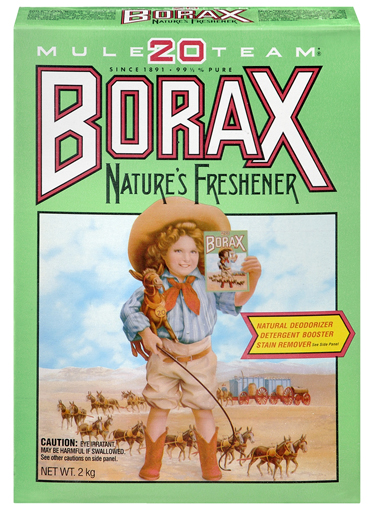
20 Mule Team Borax
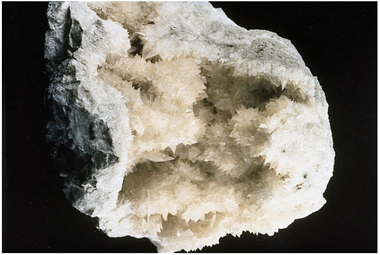 Colemanite
Colemanite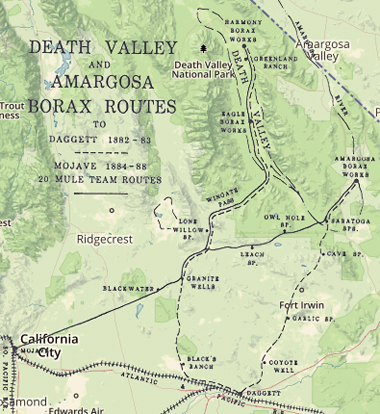 Borax routes
Borax routes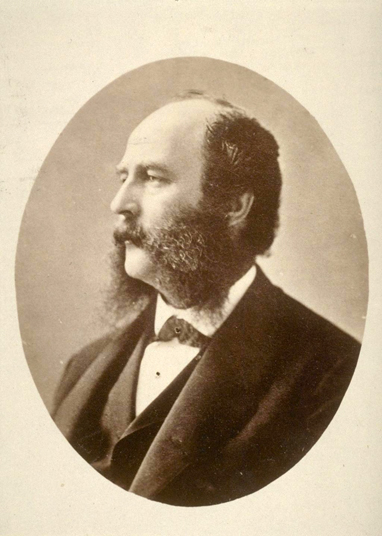 William Tell Coleman
William Tell Coleman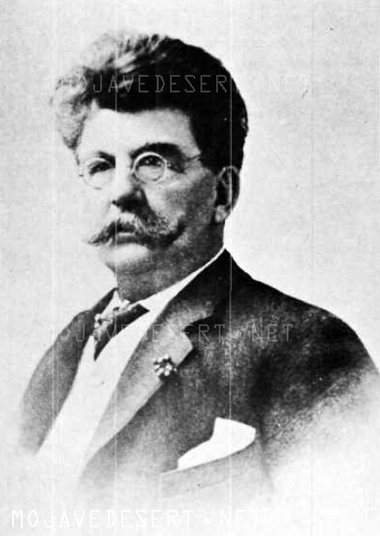 Francis Marion 'Borax' Smith
Francis Marion 'Borax' Smith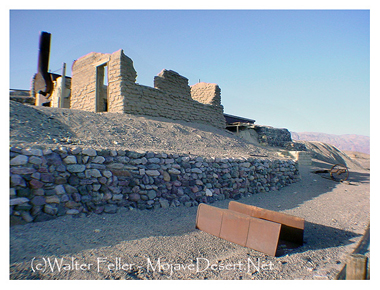 Harmony
Harmony